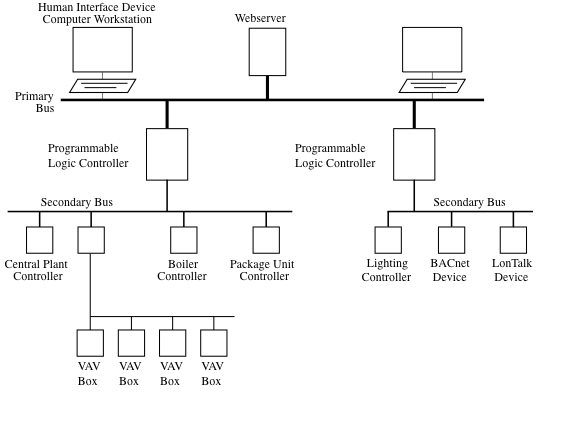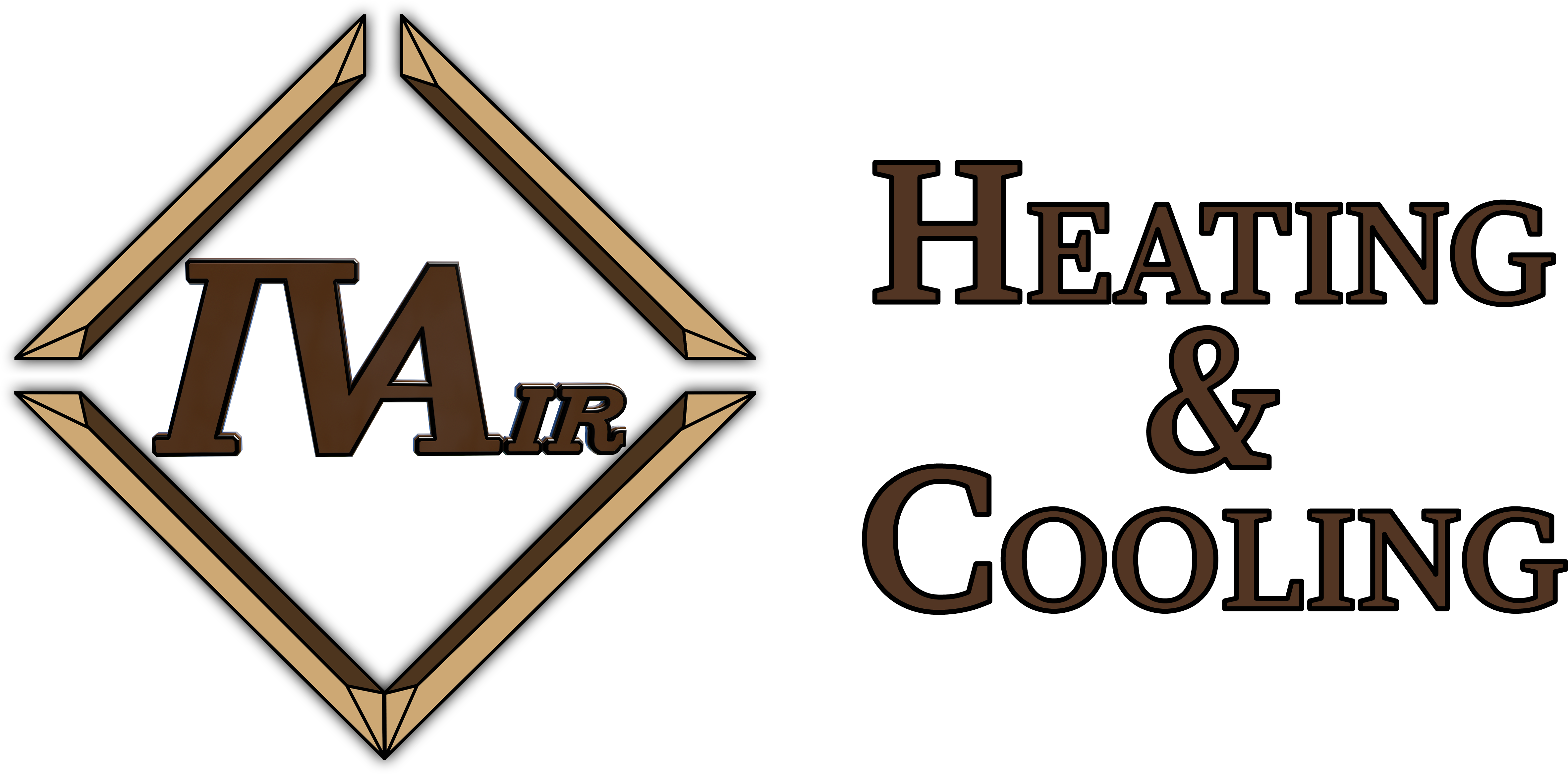Building Automation Systems
Building Automation is an energy management system which saves management companies and building owners by efficiently controlling air conditioning and heating comfort systems. At Ivey Air Inc. our control department is committed to helping our Commercial and Industrial customers take back control of their facility by joining mechanical and electrical systems and equipment with microprocessors that communicate with each other and possibly to a computer. As you know the larger a building is the more energy it uses to heat and cool. Rising utility cost is the number one concern of many of our customers. For the best results we install what would best fit your building and application. Web Based control and monitoring allows you to view your buildings heating and cooling systems remotely. Imagine controlling your facilities HVAC systems from an office in another location or even the comfort of your living room or anywhere else you have web access. Additionally, the Building Autiomation controllers themselves do not need a computer to operate efficiently as many of these controllers are designed to operate as stand-alone controllers and control the specific equipment they are assigned to control. With a few exceptions, each building automation controller has their own program and has the ability to communicate to other DDC building automation controllers. It is important for the building automation system controllers to communicate to each other. If the network fails for whatever reason then the system may still function (because the BAS controllers in building automation systems are stand-alone) but it will not function as efficiently as designed. Building Automation Systems grows more and more complex as time passes but it will save in energy and maintenance costs if installed and programmed properly. Energy Management Systems and Building Automation Systems are definitely the way of the future and are replacing older less efficient systems everyday.
VAV Systems

VAV boxes provide constant or variable air depending on the temperature demands of the space. As the temperature rises the VAV damper opens to send a designed amount of airflow to the room. There are many different types of vav units:
• Single Duct
• Dual Duct
• Reheat
• Fan Powered
• Series Fan
VAV boxes can also be classified as pressure independent and pressure dependent. A pressure independent VAV measures cfm and will maintain the proper airflow regardless of the box inlet static pressure provided by the main air handling unit. A pressure dependent VAV does not measure airflow. The cfm will change depending on the inlet static pressure. VAV systems are also usually designed with a diversity factor which means that the main air handler design airflow is less than the sum of the total airflow of all the VAV’s. This is a common design because not all of the VAV’s in a building will be in full cooling or maximum cfm all at once. There are three ways that a VAV can be controlled; pheumatic, electric, or Automated Control Systems (ACS). Pneumatic control systems are becoming obsolete. The VAV damper is opened and closed by a controller sending air pressure to an actuator hooked to the VAV damper. Electric simply sends a signal from the thermostat in volts to an electric motor connected to the VAV damper. ACS works the same as electric except there is a main computer set up in the building that gets information from all the VAV’s and air handlers displaying it in text and graphics form. The possibilities are endless with automated controls and is truly a huge leap forward in the HVAC industry.

